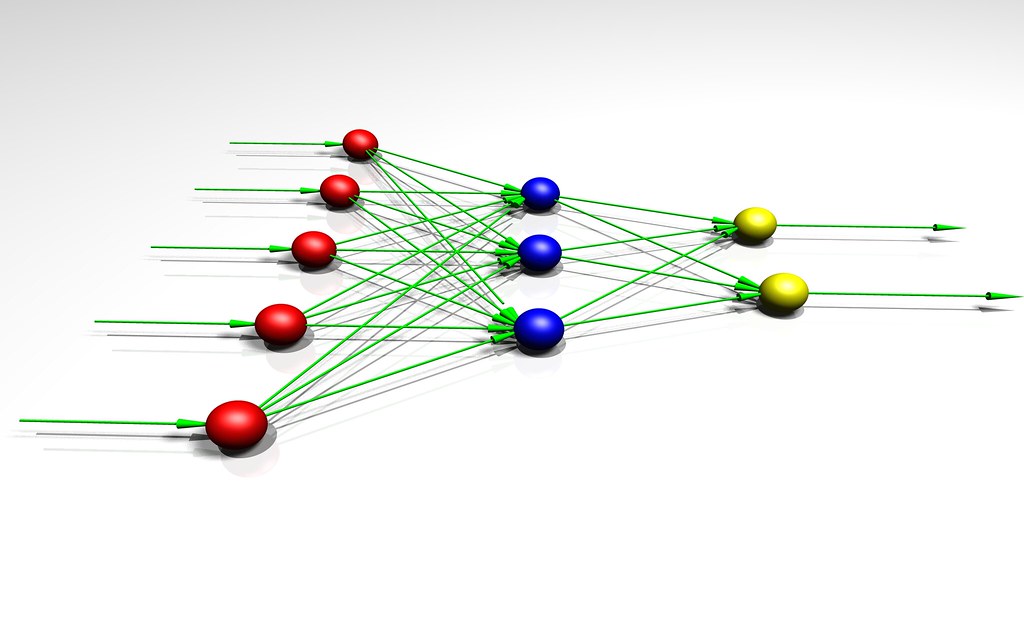
Late last week, Hinton released two research papers that he says prove out an idea he’s been mulling for almost 40 years. “It’s made a lot of intuitive sense to me for a very long time, it just hasn’t worked well,” Hinton says. “We’ve finally got something that works well.”
Hinton’s new approach, known as capsule networks, is a twist on neural networks intended to make machines better able to understand the world through images or video. In one of the papers posted last week, Hinton’s capsule networks matched the accuracy of the best previous techniques on a standard test of how well software can learn to recognize handwritten digits.
In the second, capsule networks almost halved the best previous error rate on a test that challenges software to recognize toys such as trucks and cars from different angles. Hinton has been working on his new technique with colleagues Sara Sabour and Nicholas Frosst at Google’s Toronto office.
Capsule networks aim to remedy a weakness of today’s machine-learning systems that limits their effectiveness. Image-recognition software in use today by Google and others needs a large number of example photos to learn to reliably recognize objects in all kinds of situations. That’s because the software isn’t very good at generalizing what it learns to new scenarios, for example understanding that an object is the same when seen from a new viewpoint.
To teach a computer to recognize a cat from many angles, for example, could require thousands of photos covering a variety of perspectives. Human children don’t need such explicit and extensive training to learn to recognize a household pet.
Hinton’s idea for narrowing the gulf between the best AI systems and ordinary toddlers is to build a little more knowledge of the world into computer-vision software. Capsules—small groups of crude virtual neurons—are designed to track different parts of an object, such as a cat’s nose and ears, and their relative positions in space. A network of many capsules can use that awareness to understand when a new scene is in fact a different view of something it has seen before.